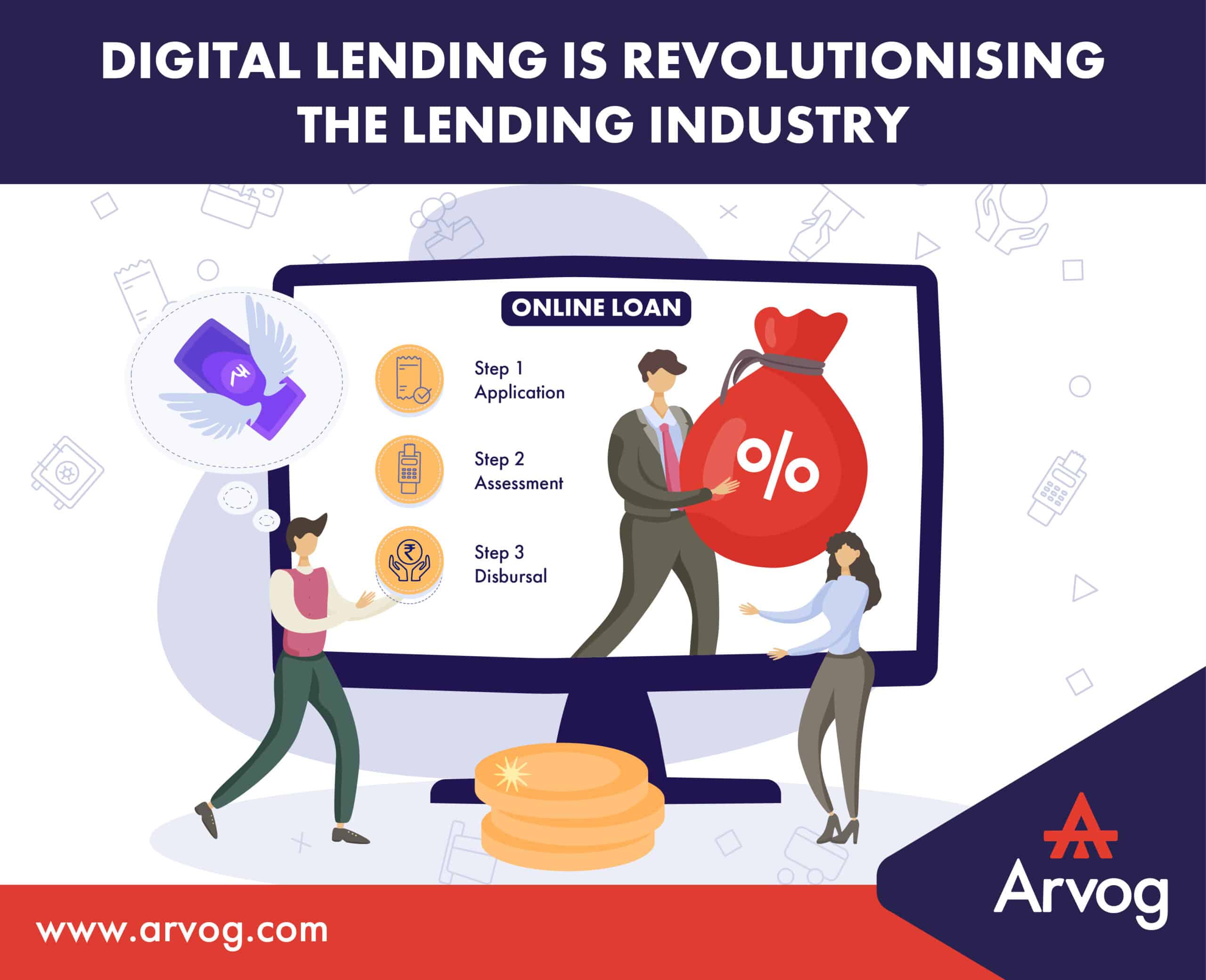
India has a very high demand for credit because of the population and the number of industries that rely on nature for revenue. Due to the increased medical expenses and other financial difficulties, the pandemic significantly raised the need for borrowing. The procedures used by traditional lending institutions grew onerous when the pandemic struck the nation. Thus, people have resorted to digital lending, where they can access instant credit from lenders.
While traditional lending decisions by banks and financial institutions can take a month or so, digital lending can offer a much faster process. It can process a loan application and disburse within just 24 hours. Digital lending can help banks attract and retain customers, increase revenue, reduce instances of fraud, and achieve cost savings, especially when lending to small and medium-sized enterprises and corporations. The current pandemic has also increased the trend towards “less touch” interactions, making it even more important for banks to consider going digital.
To ensure that credit and loan facilities are genuinely available on a Pan-India basis, digitizing loan is a crucial step undertaken by new-age tech and FinTech companies.
Advantages of Digital Lending
- Borrower-Friendly Approach
- Lesser Documentation & Paperwork
- Seamless and Digital KYC Process
- Faster Assessment, Quick Disbursal
- Less burdensome for lenders too
Analyze user data more conveniently
While onboarding consumers and registering their information, document filling is one of the most time-consuming and difficult procedures. It also is an area that is most likely to have manual errors, such as incorrect spelling or misplacements, considering the nature of hand-written documents. Physical proximities add to the time too. As a result, digital platforms offer a greatly improved user experience.
Enabler of Quick & Calculated decisions
Instant loan approvals mandate a more immediate evaluation of borrowers. Long loan evaluation and approval delays can mean losing a customer to a competitor. Automated Decision engines use complex algorithms based on measurable user-derived data, which includes past spending patterns, credit history, credit information reports, credit score, and buying behavior. A human analyzing this data would require significant time and skills to make a reliable decision about the customer’s creditworthiness.
Demonstrates enhanced fraud detection vigilance
Anti-Fraud solutions software falls under the umbrella of digitization. It also identifies the legitimacy of the customer and can smell suspicion and raise the alarm beforehand, saving lenders from potential (huge) losses. Advanced behavioral analytics using AI and multilayered cloud-based security systems make accounts hard to breach and ensure they are continuously monitored for any abnormal activities.
Drives efficiency in organizational silos
The inclusion of a cross-functional team that works with business, risk, IT, and operations is required by digitization. Multi-departmental collaboration helps balance customer journey and business objectives with robust credit decision-making and risk control. The customer journey is sped up, and touchpoints are reduced by centralizing the teams through a digital process.
Facilitates financial inclusion
The decision-making process for traditional lending mainly relies on factors like credit scores obtained from credit information companies. But what about those without a score, credit history, or borrowing for the first time? Using advanced analytics and AI, it is now possible to predict a customer’s behavior using unconventional information such as social media posts, utility bill payments, and other alternative data.
Digitization drives an agile approach
Innovation in digital lending is what has changed the Indian lending market. As a result of automation, the experience of borrowing money online has been made seamless. The instantaneous availability of financing and minimal to no paperwork requirements are made possible by digital lending.
Digitization plays a critical role in the lending process. When lenders digitize all their loans, they not only create operational (and economic) efficiency, but they can also significantly enhance the customer experience. Thanks to digitization, financial institutions can foster growth by offering a cutting-edge omnichannel experience.
The effects of disruption caused by digital lending across customer engagement, origination, the credit assessment, underwriting, risk monitoring, compliance, governance, and collection are still unfolding. Digital lending is anticipated to unlock new doors in the financial sector.


